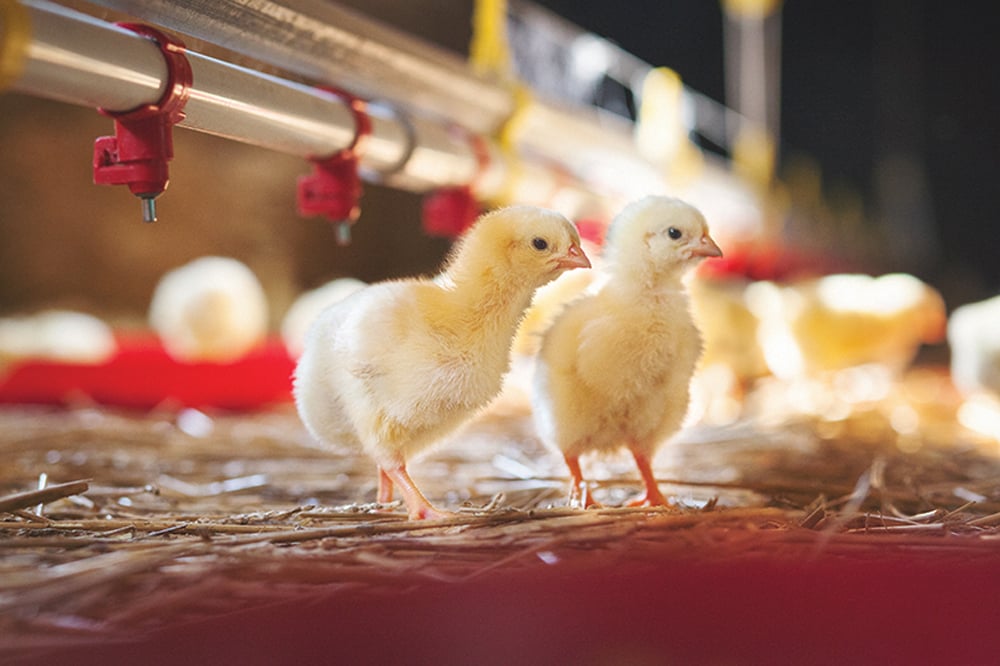The tranquility of Scotland’s picturesque coastline has recently been disrupted by a concerning phenomenon – the return of bird flu. As the number of deceased birds continues to rise, authorities are grappling with the urgent need to address this distressing situation. In this article, we will delve into the impact of bird flu on Scotland’s avian population and shed light on the measures being taken to contain and mitigate its effects.
1. The resurgence of bird flu:
Bird flu, also known as avian influenza, has reemerged as a significant threat along the Scottish coast. With an increasing number of dead birds washing ashore, alarm bells are ringing within scientific and veterinary communities. The return of this highly contagious viral infection demands immediate attention to prevent further loss of avian life.
2. Strain identification and implications:
Identifying the specific strain responsible for the recent outbreak is crucial in understanding the potential consequences for both wildlife and human health. Scientists are tirelessly working to determine the strain’s virulence and whether it poses any risk to humans. While bird flu strains have varied in severity over time, it is essential to remain vigilant and take proactive measures to minimize any potential spread.
3. Impact on Scotland’s bird population:
The recent surge in bird mortality along Scotland’s coast is undoubtedly distressing for ornithologists, conservationists, and nature enthusiasts alike. Sea birds such as gannets, puffins, and guillemots have been particularly affected, leading to concerns about long-term population stability within these species. Understanding the ecological ramifications of this outbreak is crucial for informed decision-making regarding habitat restoration and conservation efforts.
4. Collaborative efforts in containment:
Recognizing the gravity of the situation, local authorities, scientific organizations, and wildlife experts are joining forces to combat this resurgence of bird flu effectively. Enhanced surveillance programs are being implemented to monitor and detect infected birds promptly. These initiatives aim to contain the spread of the virus, protect vulnerable bird populations, and mitigate potential risks to public health.
5. Public awareness and precautionary measures:
Amidst this resurgence, it is vital for the public to remain informed and take necessary precautions. Education campaigns are being launched to raise awareness about bird flu and its potential risks. Individuals are encouraged to report any dead or sick birds they come across to the appropriate authorities. Additionally, practicing good hygiene, such as handwashing after handling birds or visiting affected




Etiam placerat velit vitae dui blandit sollicitudin. Vestibulum tincidunt sed dolor sit amet volutpat. Nullam egestas sem at mollis sodales. Nunc eget lacinia eros, ut tincidunt nunc. Quisque volutpat, enim id volutpat interdum.
Cras id vehicula est, tincidunt pellentesque magna. Etiam porttitor nulla urna, quis vulputate justo euismod ac. Nunc viverra sollicitudin fringilla.